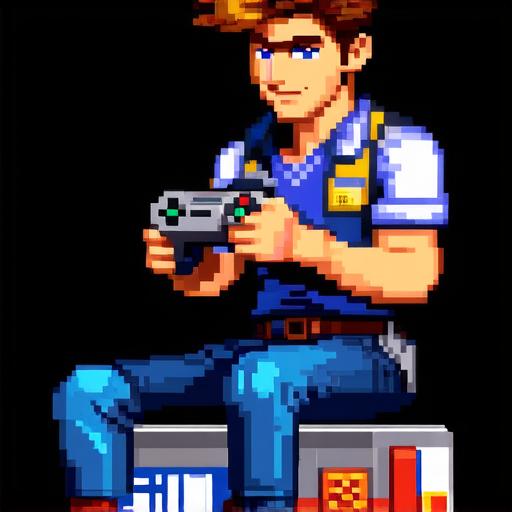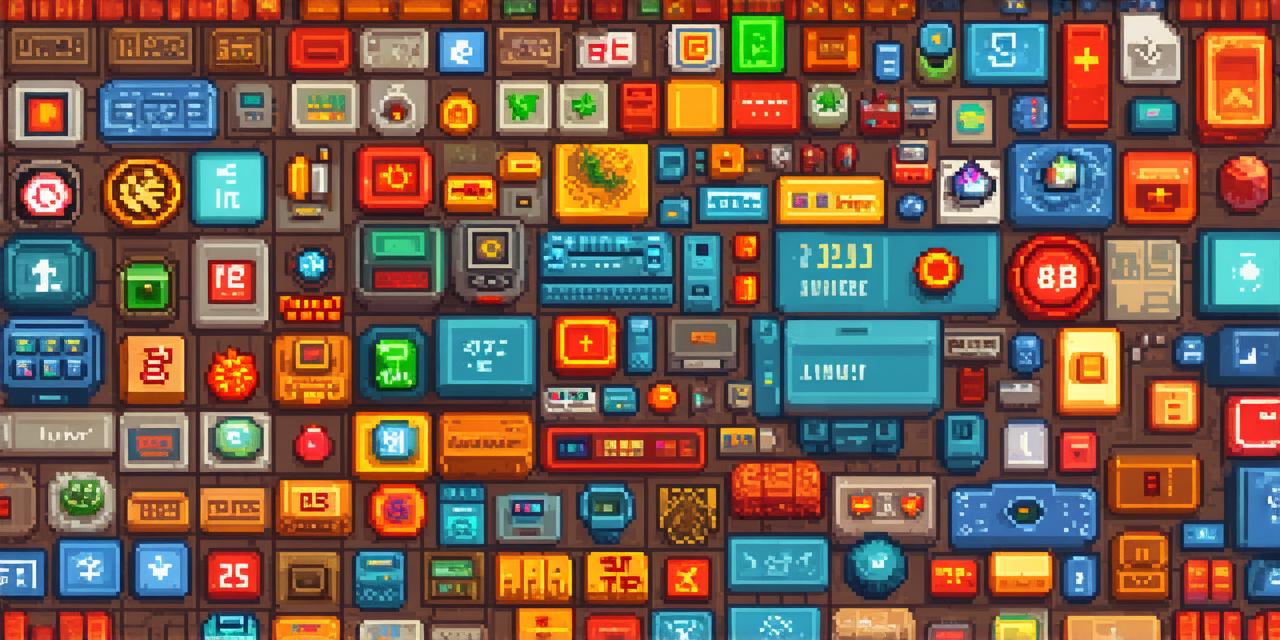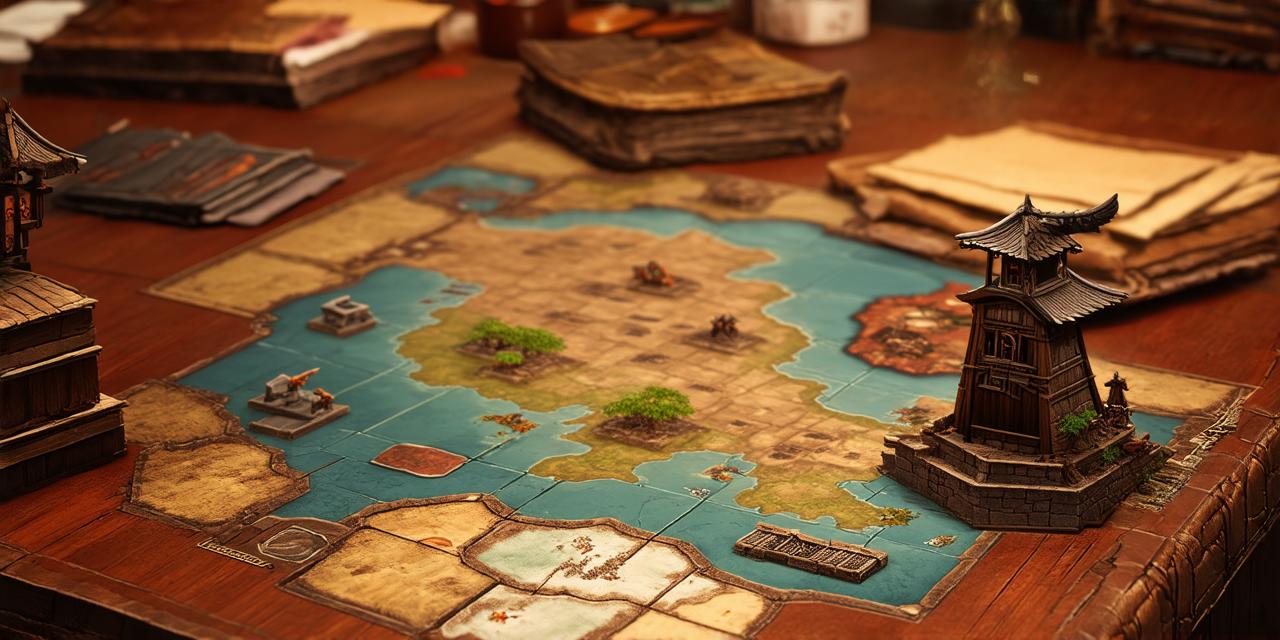If you’ve always dreamed of creating your own video games, but don’t have the resources or technical expertise to do so, 8-bit games might just be the perfect option for you. These classic games were created using simple hardware and software, making them easy to build and share with others.
Hardware Requirements
Before you start creating your own 8-bit games, you’ll need to acquire some hardware. Specifically, you’ll need an 8-bit console or computer to develop and test your game on. The most popular options include the NES (Nintendo Entertainment System), Game Boy, Atari 2600, ZX Spectrum, and Commodore 64. These consoles all have their own unique features and limitations, so it’s important to choose one that best fits your needs.
Once you’ve chosen your console or computer, you’ll also need some basic tools to get started. A good computer with a text editor and a debugger will be essential for coding and testing your game. You may also want to invest in an emulator, which allows you to run classic games on modern computers and devices. Some popular emulators include NESMaker, PCEm, and Visual Boy Advance.

Software Requirements
In addition to hardware, you’ll also need software to create your game. There are several options available, depending on your level of experience and the type of game you want to build. Some popular choices include:
- Assembly language: This is a low-level programming language that allows you to write code directly for the console or computer’s hardware. While it can be challenging to learn, it gives you complete control over the game’s performance and behavior.
- Pascal: This is a high-level programming language that compiles into machine code for the console or computer. It’s easy to learn and use, but may not offer as much control over the game’s behavior.
- BASIC: This is a simple, interpreted programming language that is commonly used for beginners. It’s easy to learn and understand, but may not be as powerful as other languages.
- Binary: This is a low-level programming language that uses binary code (ones and zeroes) to create the game. It’s difficult to learn and use, but can offer a high level of control over the game’s performance and behavior.
Game Design Principles
Now that you have your hardware and software set up, it’s time to start designing your game. There are several key principles to keep in mind when creating an 8-bit game:
- Keep it simple: 8-bit games were designed to be simple and easy to play, so try to keep your game as straightforward as possible. Avoid complex controls or overly challenging levels.
- Focus on gameplay: The most important aspect of any game is its gameplay. Spend time designing levels and challenges that are fun and engaging for players.
- Use pixels: 8-bit games use pixels to create graphics, so make sure to design your game with this in mind. Keep your pixel art simple and clean, and avoid using too many colors or textures.
- Optimize for performance: 8-bit hardware is limited, so it’s important to optimize your code and game assets for performance. Use efficient algorithms and data structures, and minimize the use of memory and CPU resources.
Real-Life Examples
To give you a better idea of what it takes to create an 8-bit game, let’s take a look at some real-life examples.
Super Mario Bros.: This classic game was created using assembly language on the NES console. The game’s creator, Shigeru Miyamoto, spent months designing and testing the game’s levels and mechanics to ensure they were fun and engaging for players.
The Legend of Zelda: This adventure game was created using BASIC and Assembly language on the NES console.




